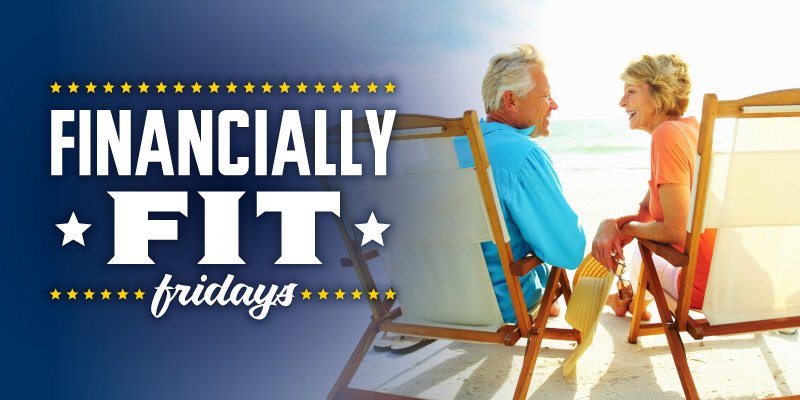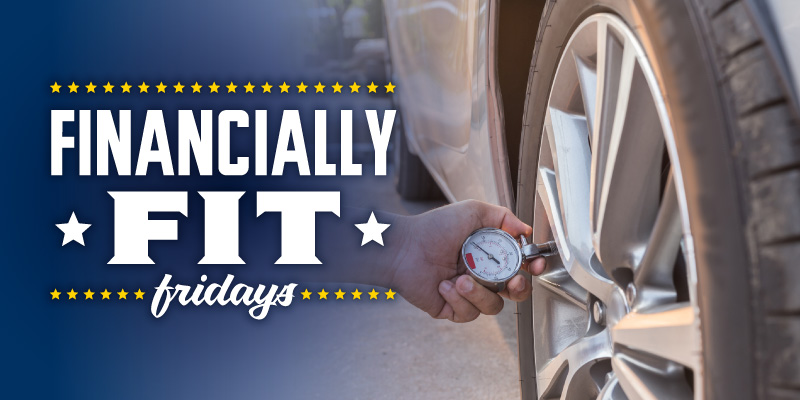Just because breakfast is the most important meal of the day doesn’t mean it also needs to be the most expensive. Whether you’re cooking for one or feeding a horde of children, here are some ways to save some money every morning.
Make a Menu
Grabbing whatever you can find as you’re rushing out the door is not only unhealthy, it can cost you. Create a weekly menu so you’re not buying too much at the grocery store. Identify where you can utilize an ingredient in multiple meals, like spinach for a dinner salad as well as your morning smoothie. Proper planning will save you time, prevent waste, and keep you out of the drive-through.
Buy in Bulk
When certain breakfast ingredients go on sale, get larger quantities and store them. For example, if you buy a whole bushel of peaches while they’re in season (May through August), you’ll spend less per pound than you would picking up two or three at a time during the winter. Chop fruits and vegetables you don’t plan on using immediately to freeze before they spoil.
Go Generic
Many Americans wake up to big bowls of cold cereal. Bringing home box after box of name-brand products can get expensive. Generic versions are a fraction of the cost and usually taste the same. This saving principle can be applied to other items such as cream cheese, bagels, jam, peanut butter, bread and even microwavable meals. Don’t pay extra for the label.
Make it Yourself
You’ll also be charged for the labor that goes into pre-cooked, pre-sliced and otherwise pre-made foods. A box of pancake mix is easy, but purchasing flour, sugar, baking powder, salt, eggs, milk, vegetable oil, and making your own batter will produce more and cost you less. Less processed products are the more frugal choice.
Keep it Simple
When it comes to the first meal of the day, people tend to overcomplicate things. Your kids may be just as satisfied with a hard-boiled egg as they would eggs Benedict. And instead of grabbing a breakfast sandwich from a restaurant on the way to work, bring a piece of buttered toast with jam from home. Substitute simple rolled oats for pricey cereals—you can even mix in those delicious peaches you have in your freezer. Start your day off right by saving!


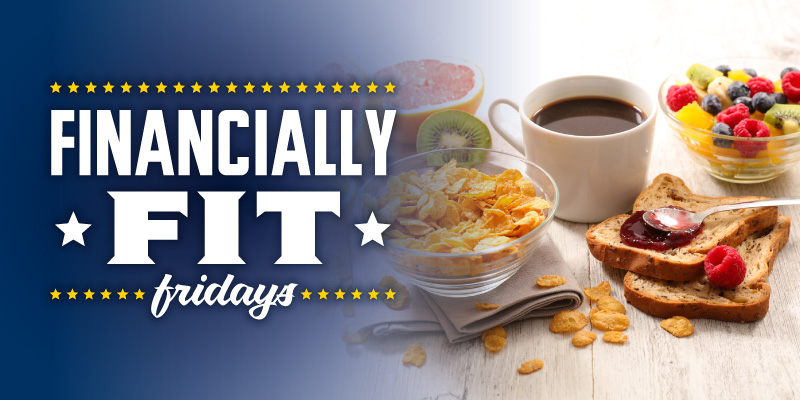
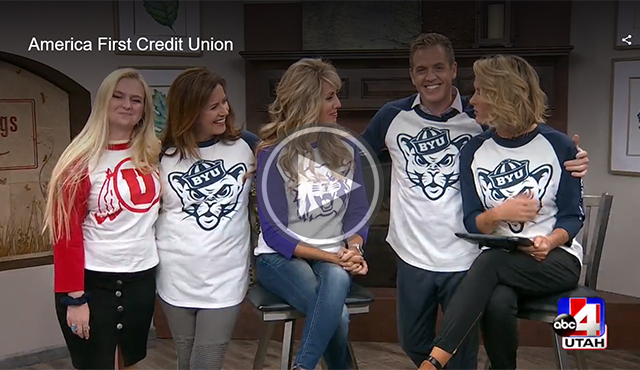
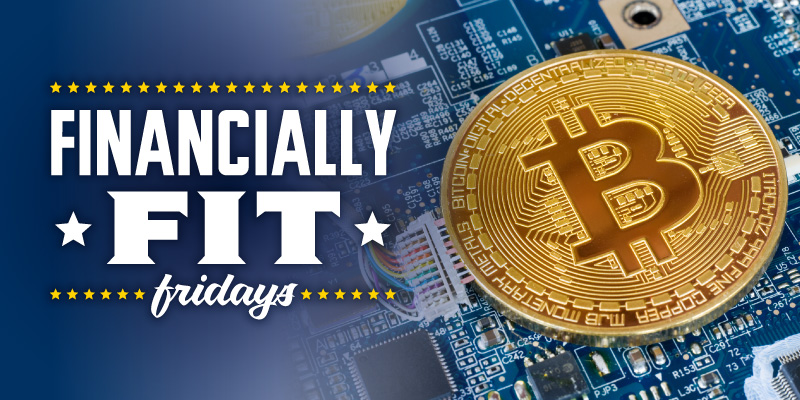
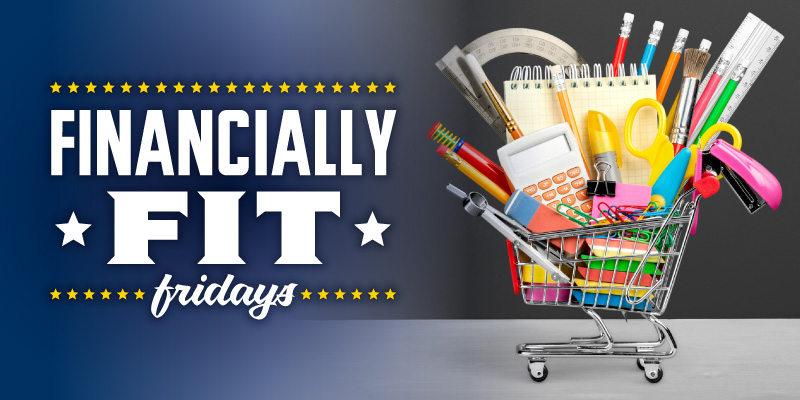
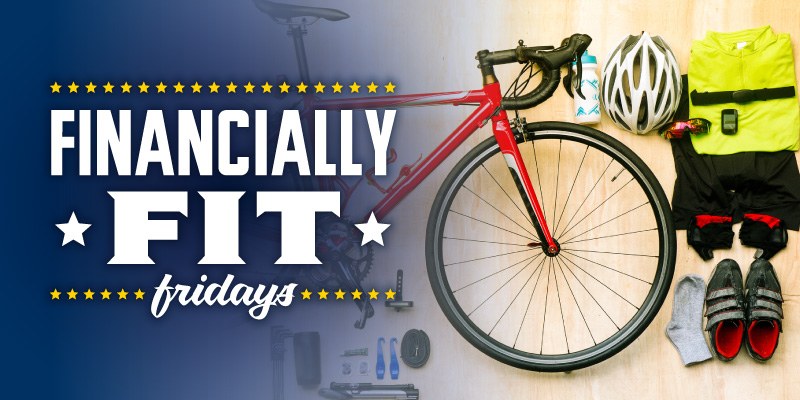
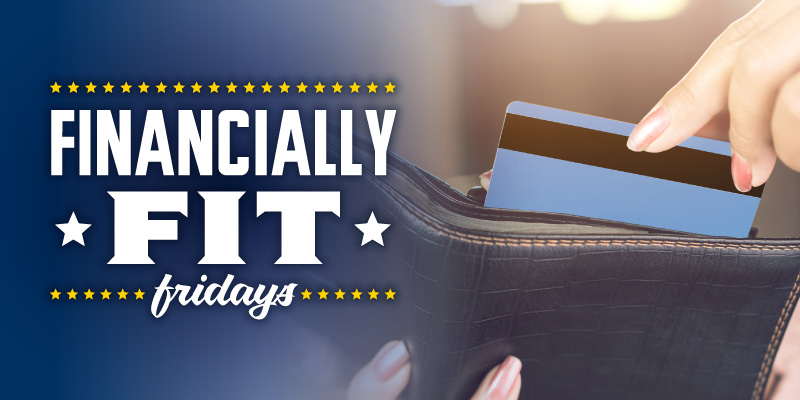
 By Rex Rollo, Executive Vice President/Chief Financial Officer
By Rex Rollo, Executive Vice President/Chief Financial Officer